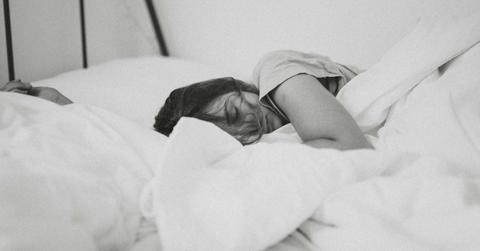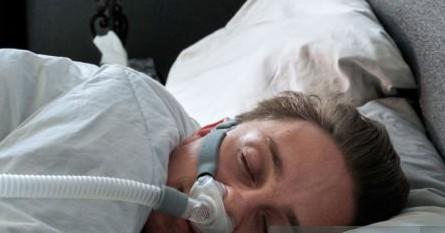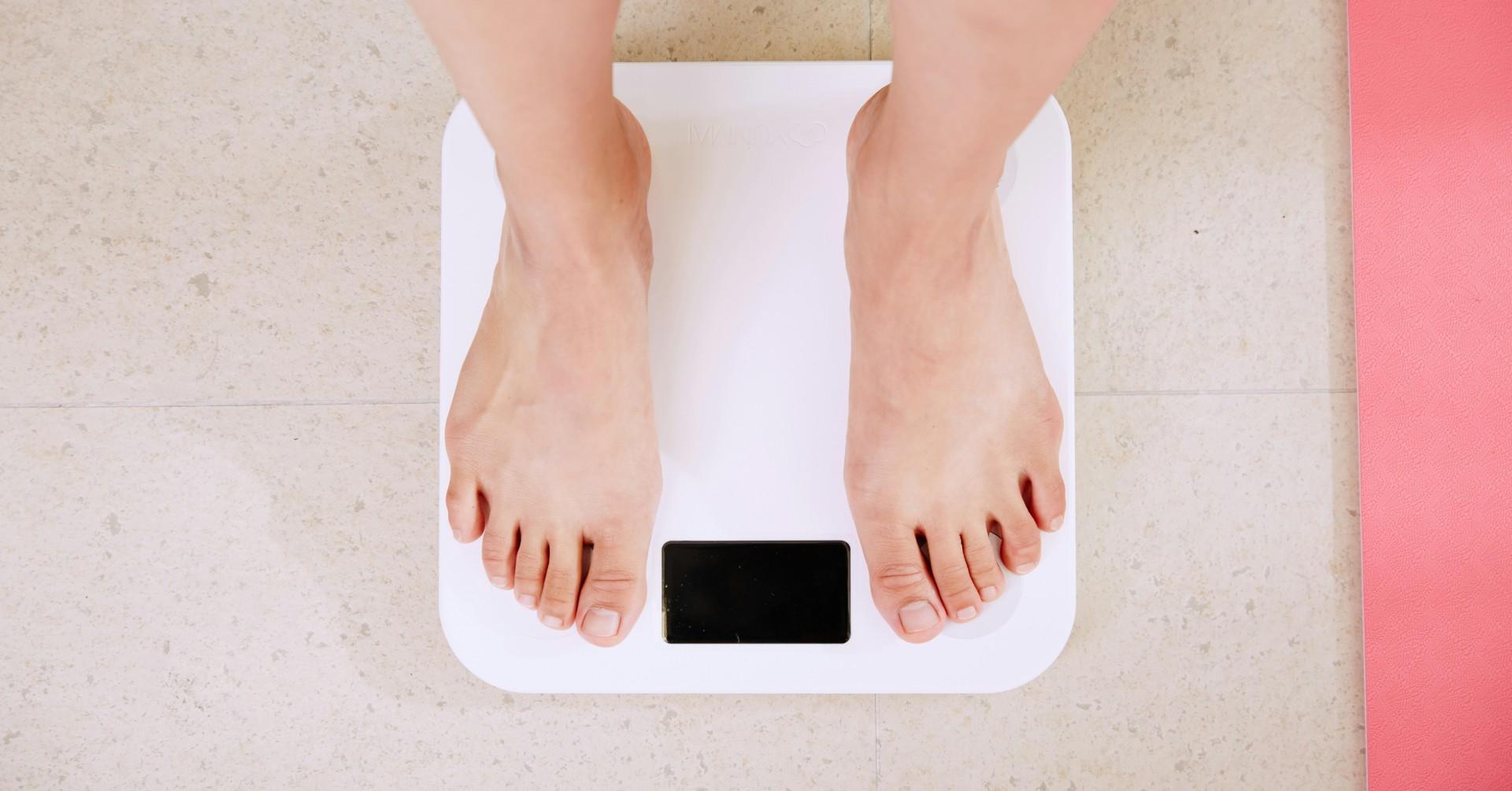
These simple tips will help you get the best night's sleep.
Breathe Easy Every Night: How to Reduce Sleep Apnea Symptoms
Mouthpiece

While a CPAP (continuous positive airway pressure) machine is the most common treatment for breathing that stops and restarts multiple times during sleep, an alternative may be trying an oral appliance.
As the Cleveland Clinic explained: “They hold your mouth in a position that makes sure you get enough airflow. They help you breathe better and reduce how often OSA (obstructive sleep apnea) wakes you up.”
Weight Loss

Per Harvard Medical School: “Being overweight is one of the biggest risks for sleep apnea. Losing just 10 percent of body weight can reduce the number of apnea episodes. One way that weight loss may help people breathe more easily at night is by shrinking tongue fat, researchers have found. Losing enough weight can sometimes cure the condition.”
Side Step

“Changing from back sleeping to side sleeping can reduce the symptoms of obstructive sleep apnea,” experts at the Sleep Foundation said. “Over 50 percent of people with the disorder find their symptoms worsen when they sleep on their back. This increase in symptoms may be caused by the tongue sliding back and blocking the airway and making it difficult to breathe. Side sleeping helps prevent the airway from being blocked.”
Muscle Up

Per the NIH’s National Heart, Lung, and Blood Institute: “Exercises for your mouth and facial muscles, called orofacial therapy, may also be an effective treatment. This therapy helps to strengthen and reposition the tongue and muscles that control your lips, tongue, upper airway and face.”
Play On

“Perhaps one of the least expected home remedies, singing or playing a wind instrument may improve OSA by strengthening the airway muscles that support breathing,” the folks at SleepApnea.org pointed out. “It’s worth noting, though, that these musical exercises are likely to be most effective for people who practice for multiple hours a week.”
